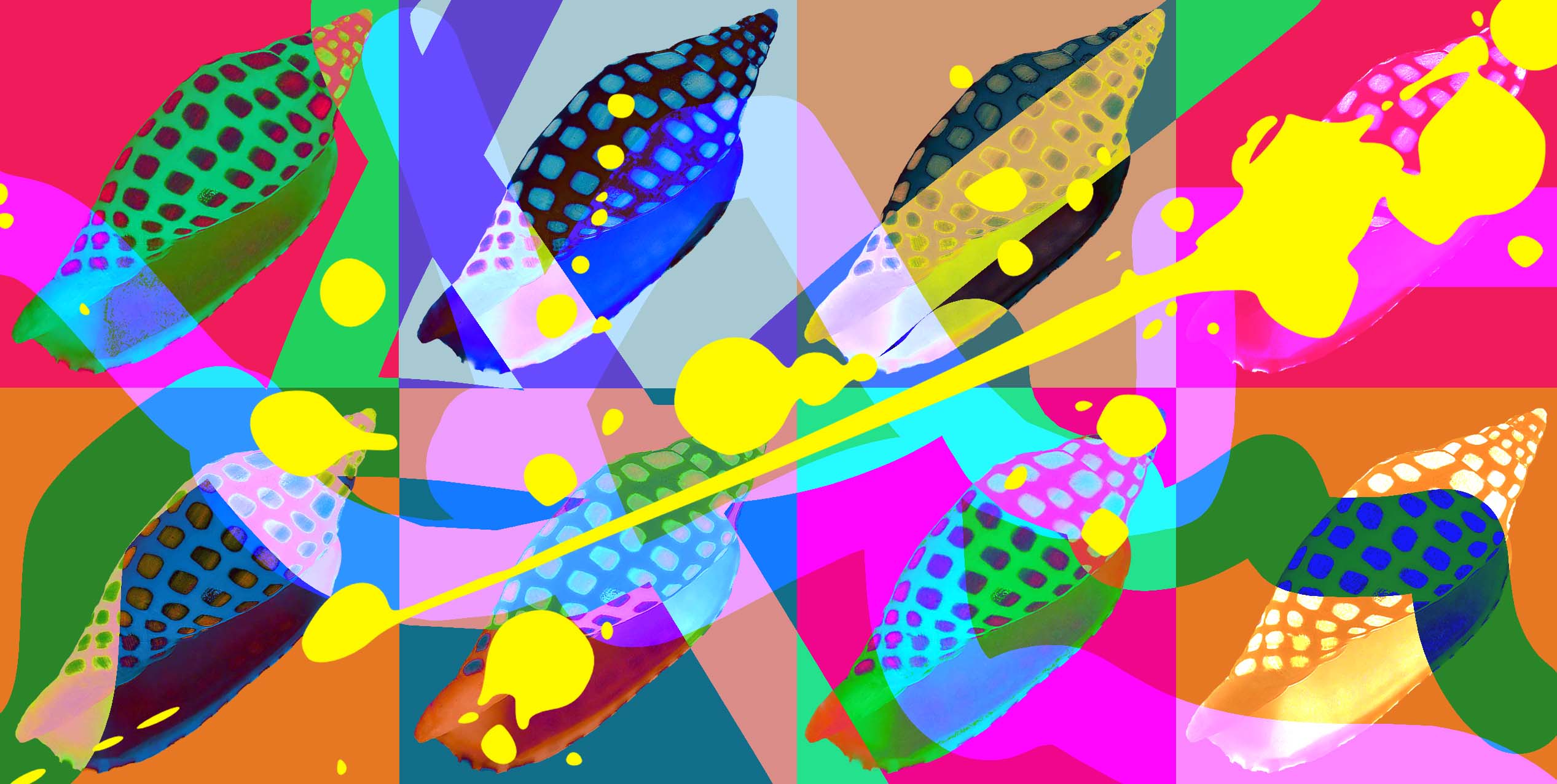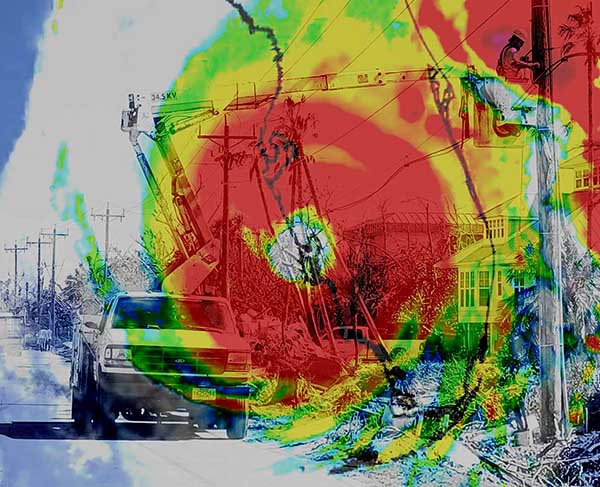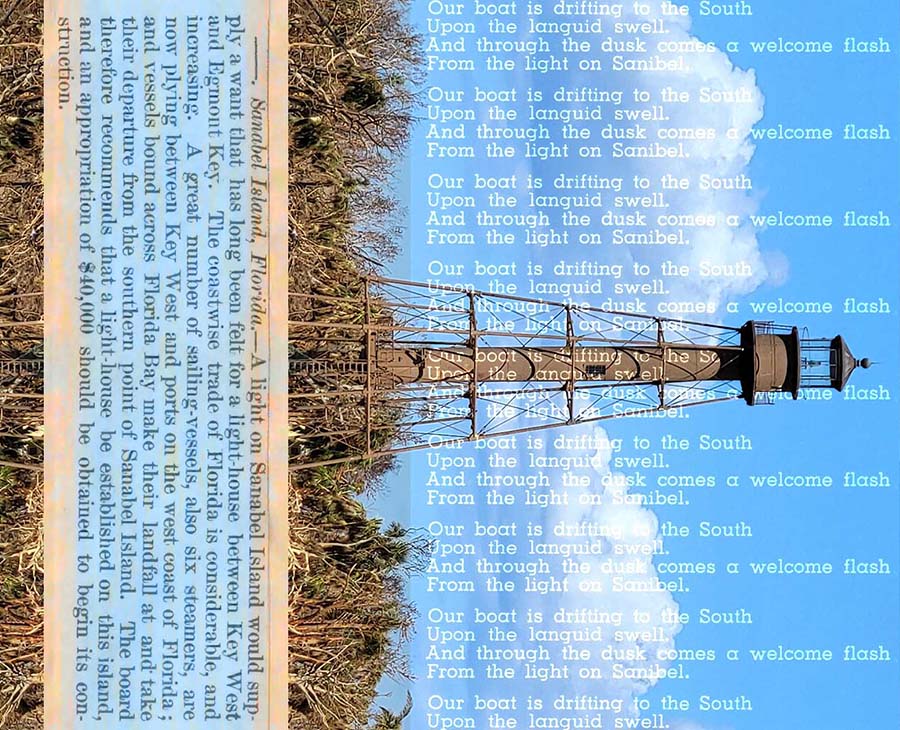How Sanibel’s Junonia Can Inspire Artists
While there’s definitely never any shortage of seashells on Sanibel Island, there does exist one “mythic status” shell coveted above all others by ardent Southwest Florida beachcombers: The junonia.
On Sanibel they have a saying, “You don’t find a junonia. The junonia finds you.”
No matter how someone eventually comes into possession of a junonia – whether it magically appears on the shoreline right in front of them, or they get tired of searching and decide to purchase one on Ebay (to the tune of a couple hundred bucks) – the attractive shell itself is an undeniably rare and treasured gift from the sea.
But what is it about this shell that makes it so special, and how can a junonia shell serve as a form of inspiration to visual artists in Southwest Florida?
RELATED NEWS
The Junonia as Artistic Muse
The Junonia seashell is named after the goddess Juno, who was the queen of the Roman gods and goddesses. This alone gives the shell a sense of royalty and importance.
The junonia, in contrast to more prevalent bivalves and gastropods (like scallops, whelks, and conchs) is a deep water species. Typically residing on the ocean floor in water depths ranging from one-hundred feet to four-hundred feet, these spotted creatures, or their shells more specifically, are infrequently encountered on the sandy shoreline. And, trust us, once they do wash up on the beach, they never stay there too long.
In addition, the junonia shell itself is strikingly beautiful, with intricate patterns and rich colors that are unique to each one. Its deep brown markings against a creamy white background make it instantly recognizable to those who know it; and its rarity only adds to its value.
But beyond its physical beauty, the junonia shell also holds deep symbolism that can serve as a source of inspiration to artists of all kinds. In many cultures, seashells are seen as symbols of the ocean and all of the life that it contains. They can represent strength, resilience, and the ability to weather storms. This is particularly true of the junonia, which is a survivor in its own right. The junonia is not an easy shell to find, and those who do persevere and locate one often have to endure long walks on the beach, early mornings, and a whole lot of searching. But when they do find one, the sense of accomplishment can be overwhelming. Here on Sanibel, a lucky sheller can even get their photo in the local newspaper, proudly holding up their magnificent junonia for the rest of the jealous world to see!
For artists, these types of symbolism can be interpreted in many different ways. A painter might use the Junonia as a way to explore the themes of resilience and survival, creating a piece that celebrates the beauty of overcoming adversity. A photographer might focus on the intricate patterns and colors of the shell, capturing its beauty in a way that reflects the natural world around it. A sculptor might use the shell itself as a medium, creating a piece that is both beautiful and meaningful.
But the junonia also holds deeper symbolism that can inspire artists on a more personal level. For many people, finding a junonia shell is a moment of pure joy and serendipity. It can serve as a reminder that even in the midst of chaos and uncertainty, there are still moments of beauty and wonder to be found. For artists, this can serve as a reminder to stay open to inspiration and to always be on the lookout for moments of beauty and meaning.
Junonia Windows | Eric J. Taubert.
A Potent Symbol of Sanibel
In many ways, the junonia shell has become one of the most potent symbols of Sanibel Island itself, and an iconic visual reminder of the natural beauty and wonder that can be found there. For residents and visitors alike, the junonia is a source of pride, beach-borne nostalgia, and a connection to a simpler past. By tapping into the power of the junonia shell as a source of inspiration, artists can harness this history and create work that reflects the unique, salty, tropical, coastal, serenity-abundant, spirit of Sanibel Island.
The junonia seashell, as found on Sanibel Island beaches, is much more than just a beautiful object to be admired. Its deep symbolism and rich history make it a source of inspiration for artists in Southwest Florida and beyond. Whether through painting, photography, mixed media, or sculpture, the junonia can be used to explore themes of resilience, beauty, and the power of the natural world. As a symbol of Sanibel Island itself, it is a reminder of the unique spirit and history of this beautiful place.
So the next time you find yourself on the shores of Sanibel Island, keep an eye out for the elusive Junonia. Who knows what kind of inspiration it might bring?
We will process the personal data you have supplied in accordance with our privacy policy.






